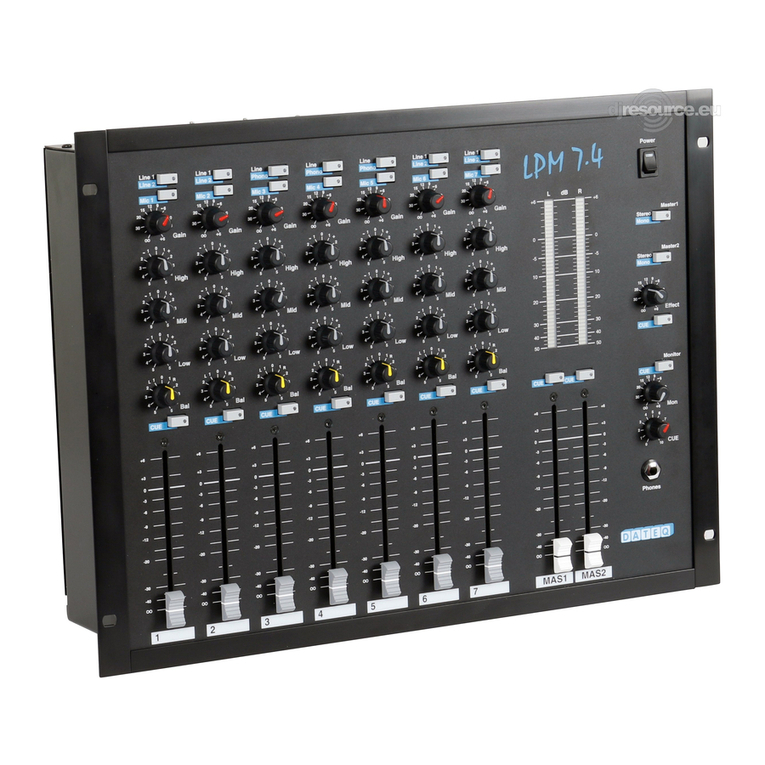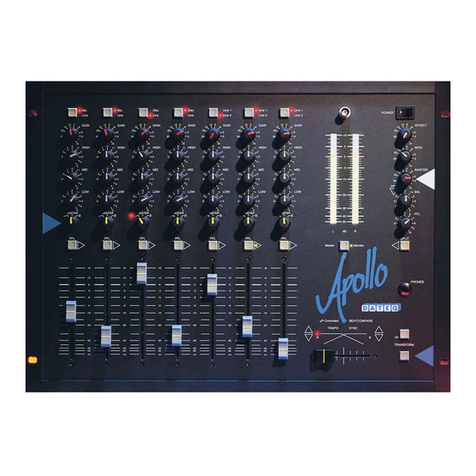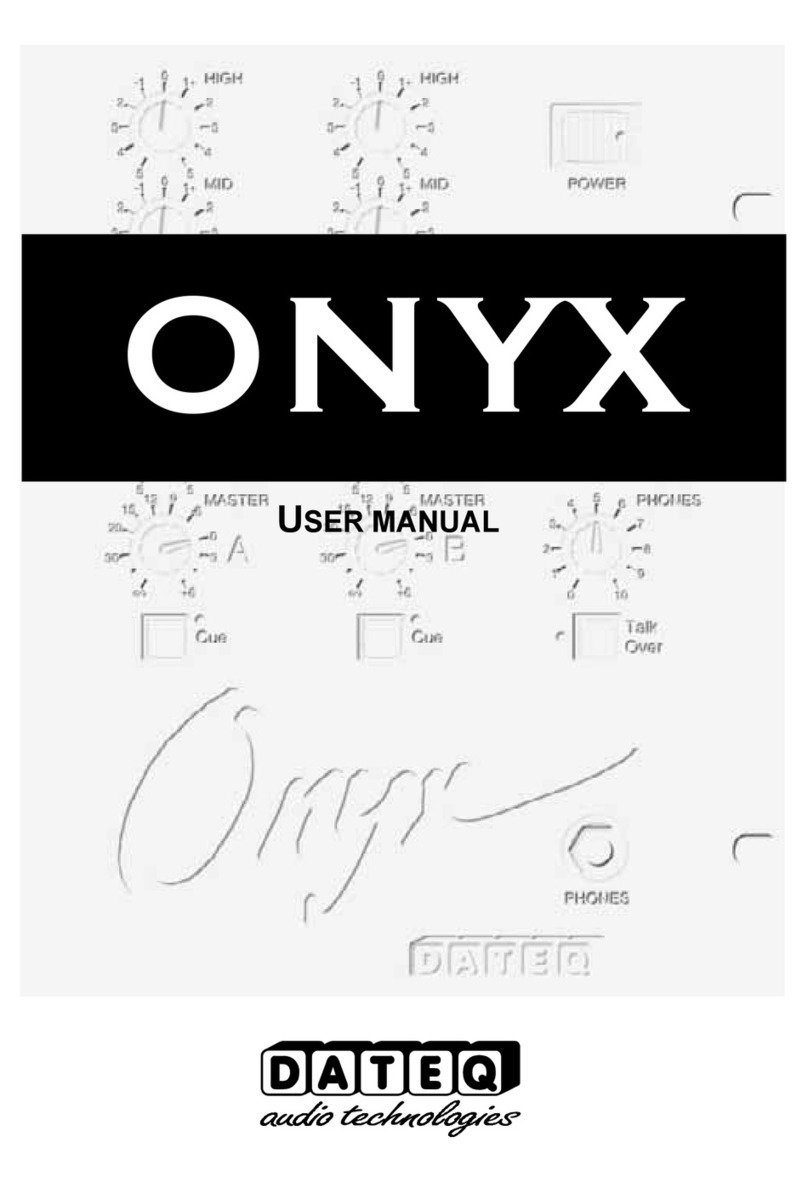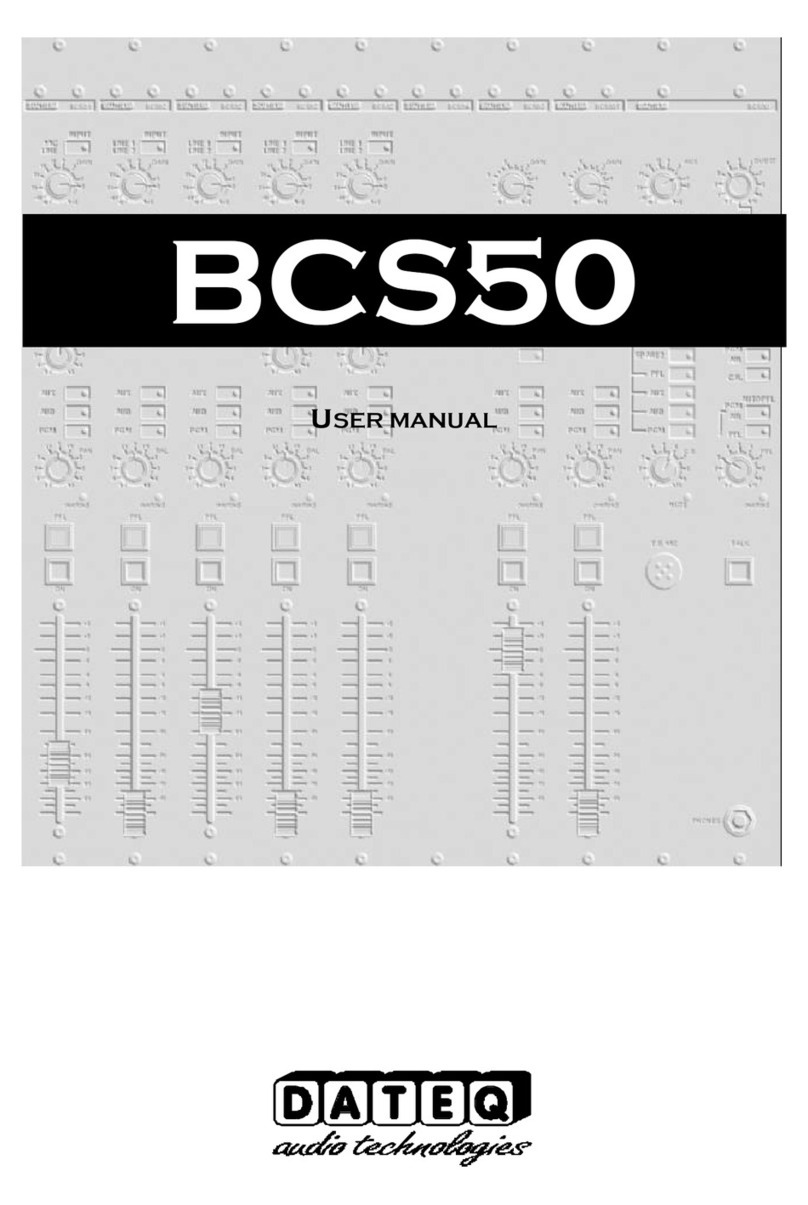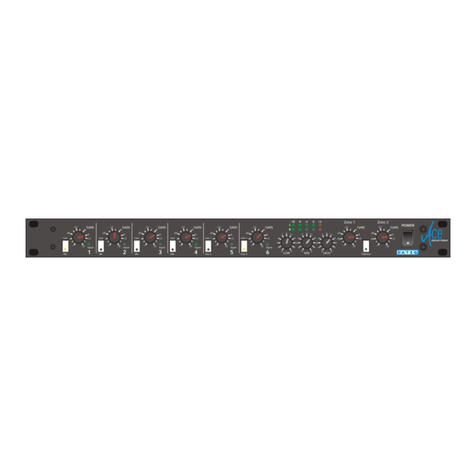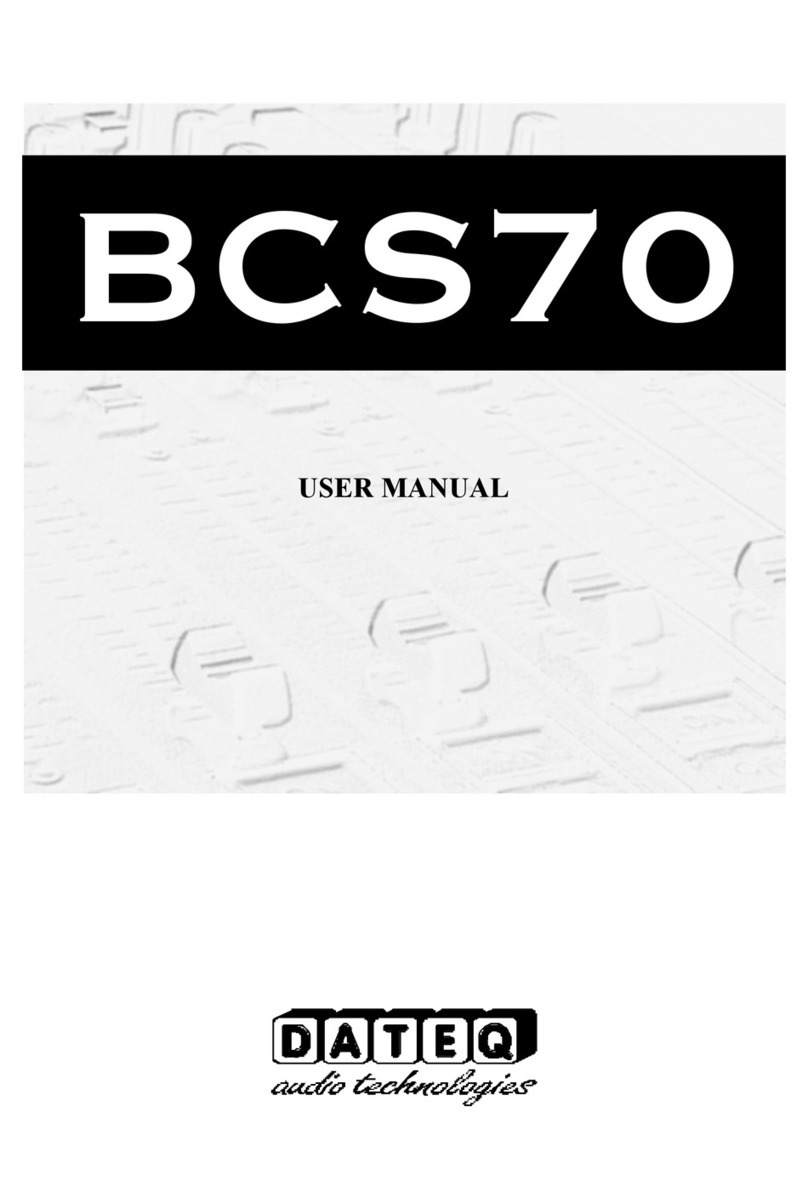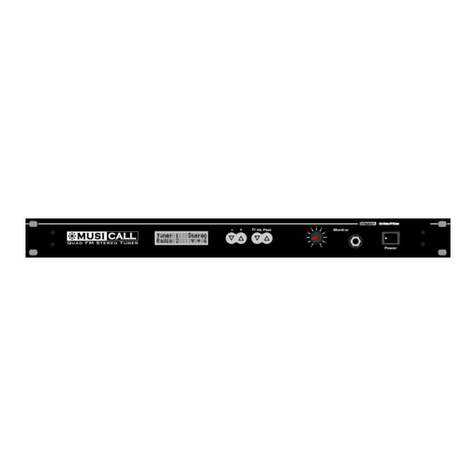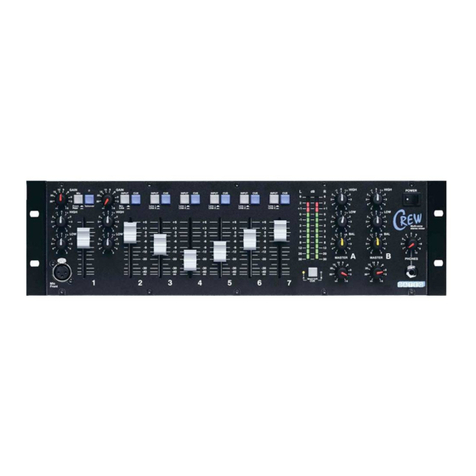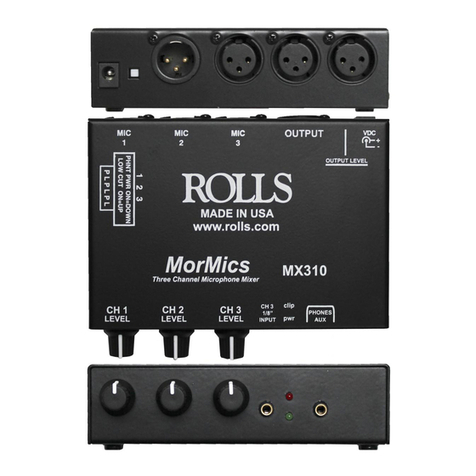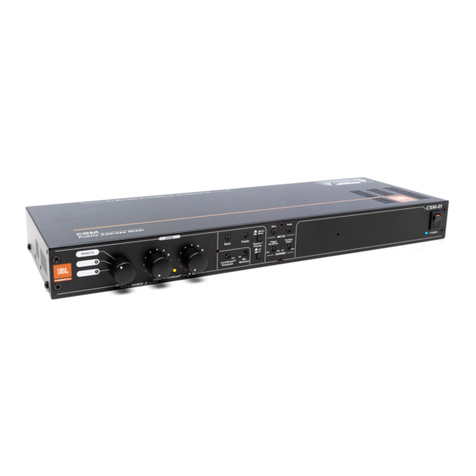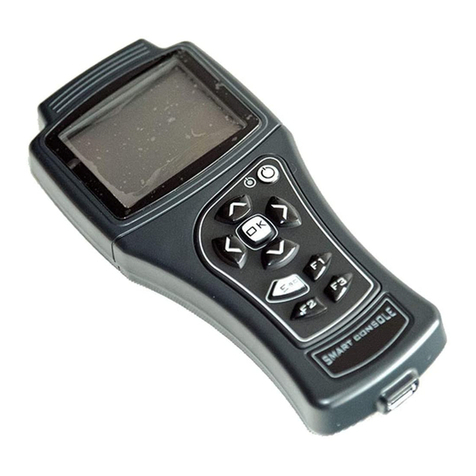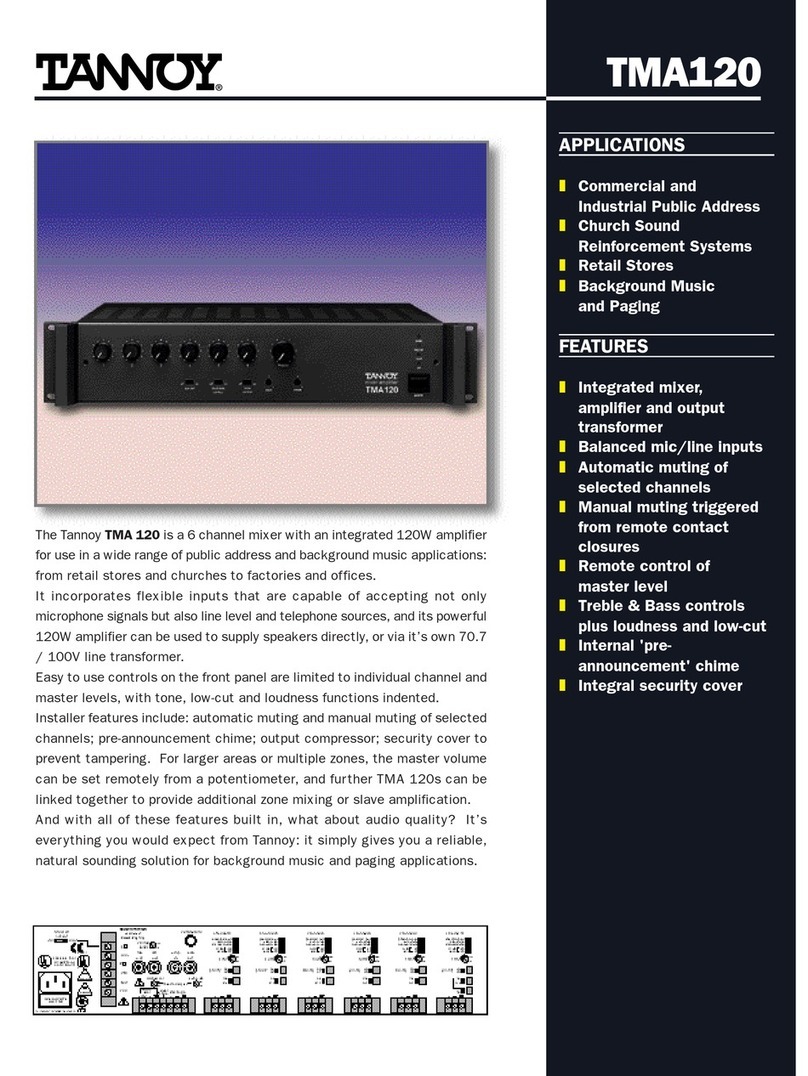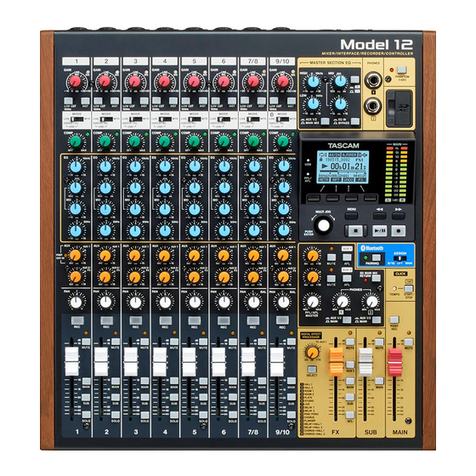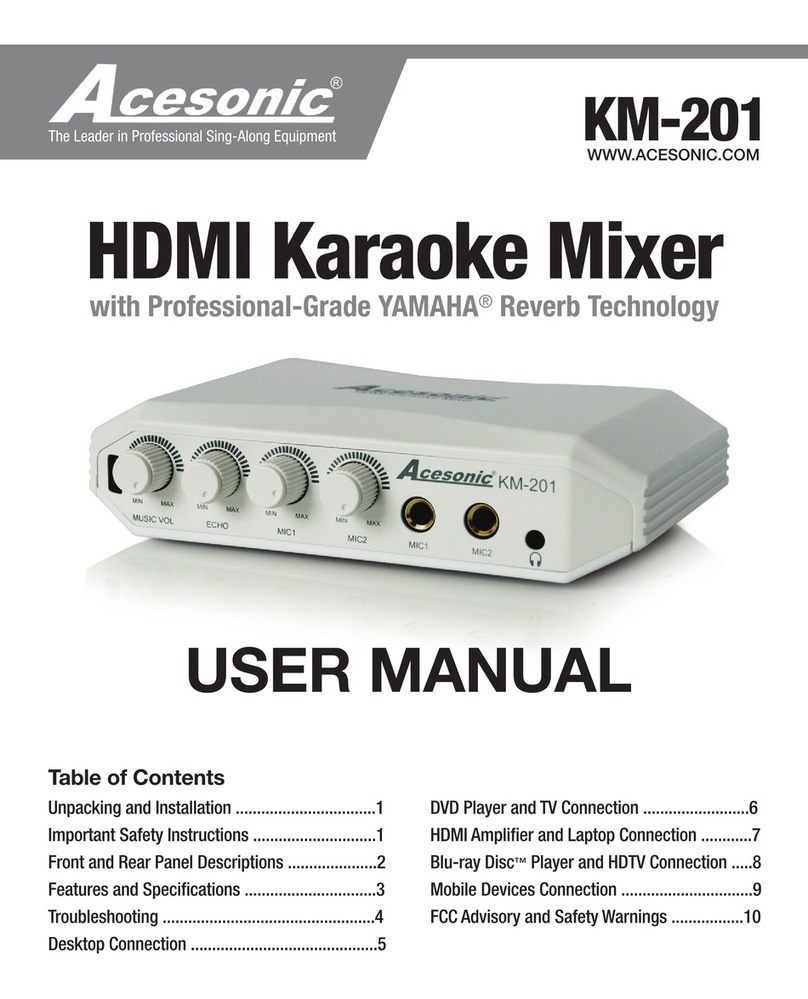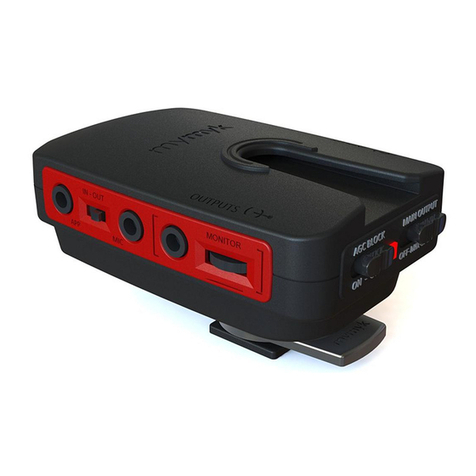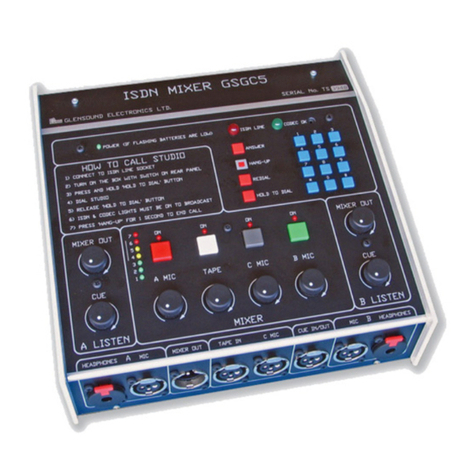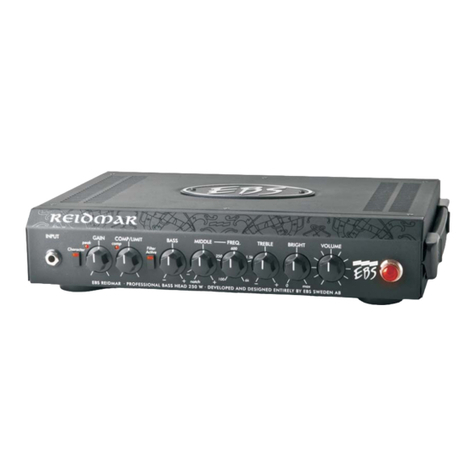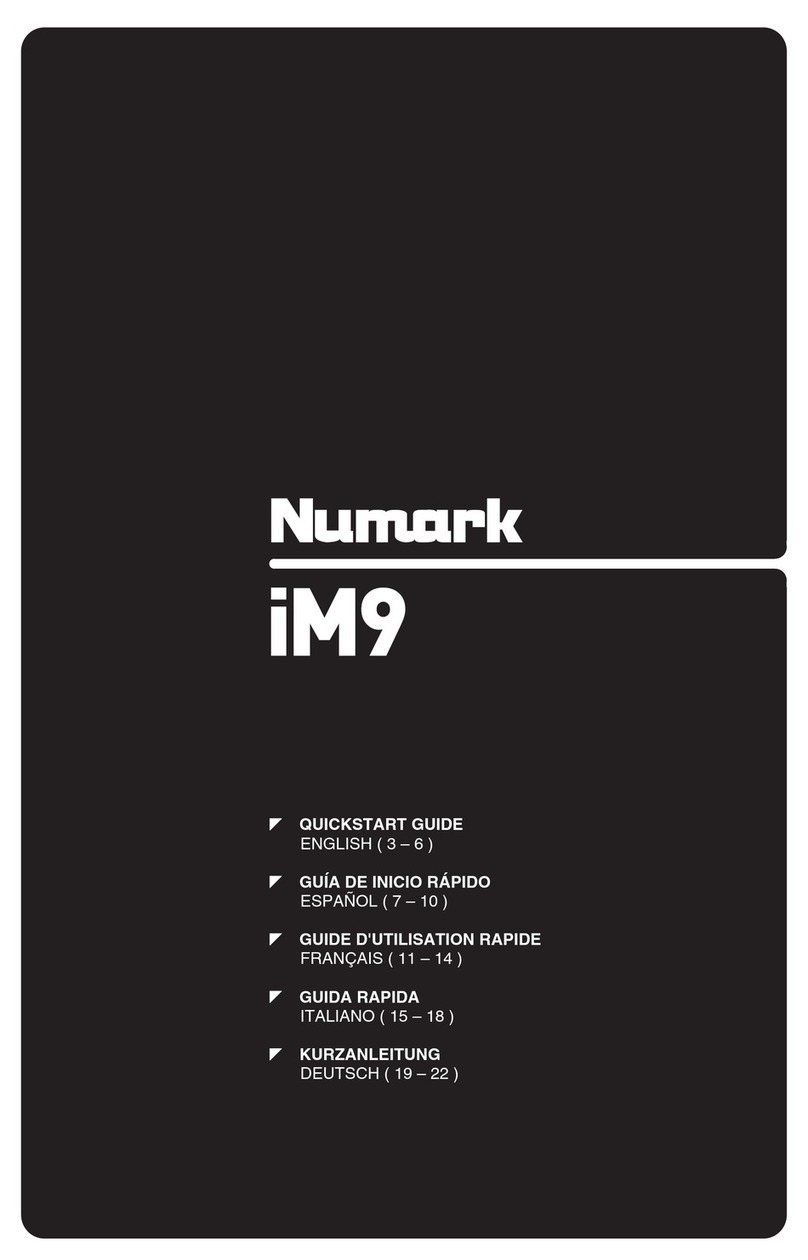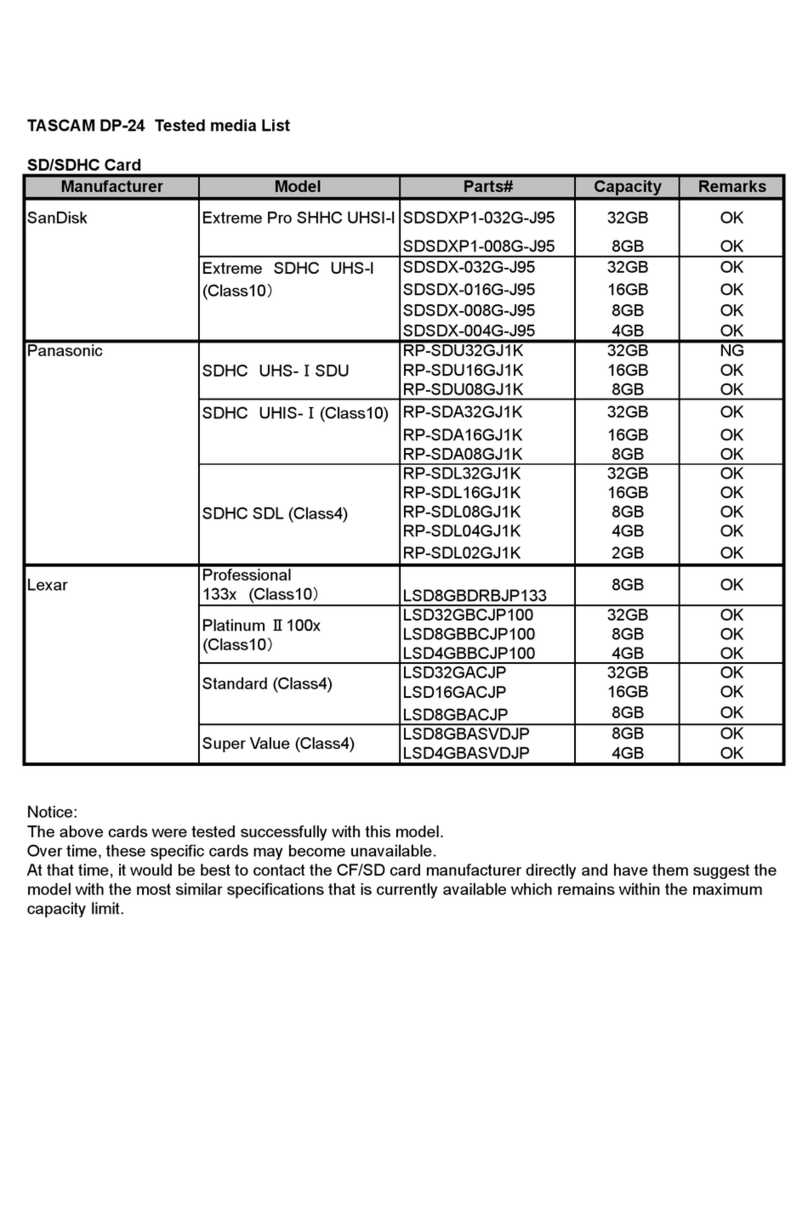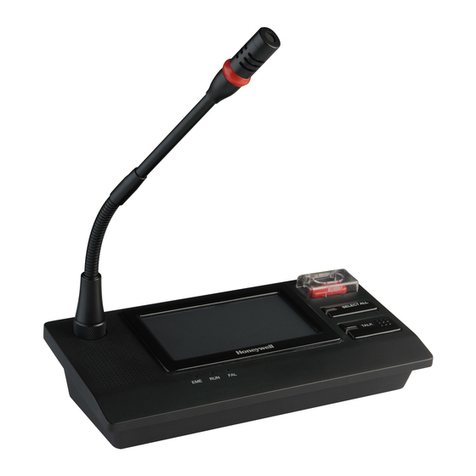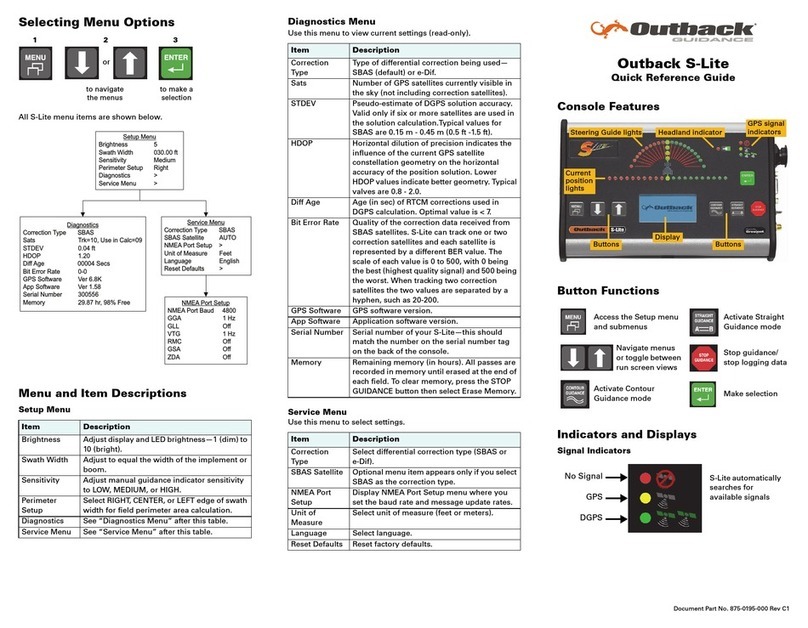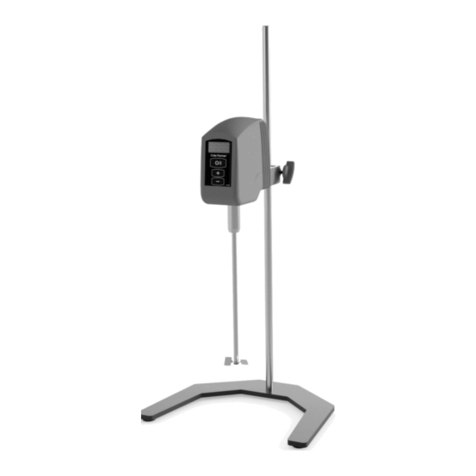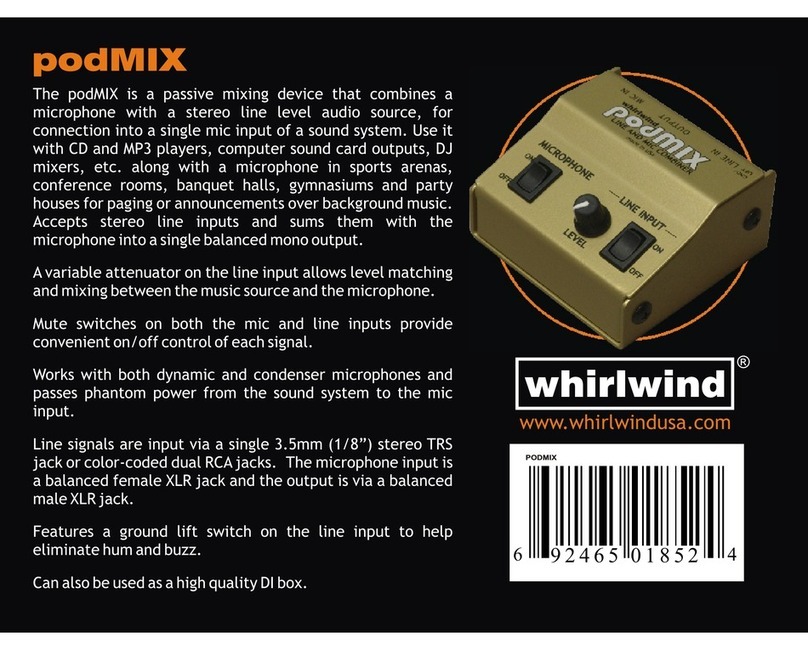Dateq XTC User manual

XTC
XTCXTC
XTC
USER MANUAL


2Dateq XTC Manual Safety instructions EN
Safety instructions
1All safety instructions, warnings and operating instructions must be read first.
2All warnings on the equipment must be heeded.
3The operating instructions must be followed.
4Keep the operating instructions for future reference.
5The equipment may never be used in the immediate vicinity of water; make sure that water and
damp cannot get into the equipment.
6The equipment may only be installed or fitted in accordance with the manufacturer's
recommendations.
7The equipment must be installed or fitted such that good ventilation is not obstructed in any
way.
8The equipment may never be installed in the immediate vicinity of sources of heat, such as
parts of heating units, boilers, and other equipment which generates heat (including amplifiers).
9Connect the equipment to a power supply of the correct voltage, using only the cables
recommended by the manufacturer, as specified in the operating instructions and/or shown on
the connection side of the equipment.
10 The equipment may only be connected to a legally approved earthed mains power supply.
11 The power cable or power cord must be positioned such that it cannot be walked on in normal
use, and objects which might damage the cable or cord cannot be placed on it or against it.
Special attention must be paid to the point at which the cable is attached to the equipment and
where the cable is connected to the power supply.
12 Ensure that foreign objects and liquids cannot get into the equipment.
13 The equipment must be cleaned using the method recommended by the manufacturer.
14 If the equipment is not being used for a prolonged period, the power cable or power cord
should be disconnected from the power supply.
15 In all cases where there is a risk, following an incident, that the equipment could be unsafe,
such as:
• if the power cable or power cord has been damaged
• if foreign objects or liquids (including water) have entered the equipment
• if the equipment has suffered a fall or the casing has been damaged
• if a change in the performance of the equipment is noticed
it must be checked by appropriately qualified technical staff.
16 The user may not carry out any work on the equipment other than that specified in the
operating instructions.

EN Dateq XTC Manual Introduction 3
Introduction
The XTC has four channels, three of which are equipped with faders. The channel without fader is
meant to enable microphones to be used without occupying one of the 3 main channels. Microphone
level can still be adjusted with the Gain-control The fader channels are equipped with a long, 100
mm ALPS fader which runs extremely smoothly. Channels X, T and C consist of two inputs each, so
that line signals such as keyboard, sampler, CD or MD player can be connected as well as three
turntables. A push button next to the channel input control allows switching from input 1 to input 2, so
that plugging in and unplugging equipment is a thing of the past.
The tone control is just what can be expected from Dateq. A perfect Top for accentuating high hats,
an aggressive Mid and a Groovy Bass. Top and Bass have a range of plus or minus 15 dB, while Mid
can be adjusted from minus 12 to plus 12 dB.
To increase speed and ease of operation during mixing, the XTC has so-called ‘terminators’. Bass,
Mid or Top can be removed from the cross-fader as quick as a flash using these switches. The X-
fader is connected between the two outer fader-channels of the XTC and is together with the channel
faders VCA operated, in order to exclude noise and to guarantee years of trouble-free use.
The Transform buttons are designed for adding snatches of music from one side of the cross-fader
to the other side.
Each channel can be monitored, and is available on a powerful headphone-output. Split, a unique
Dateq function, allows monitoring and listening to the master signal to be carried out on the
headphones simultaneously.
There are plenty of outputs available on the XTC. The master output is balanced and has XLR plugs
so that it can be coupled directly to an output amplifier. The master also has a chinch output. The
XTC has a monitor out, a Sub low output for operation of an (active) low speaker and a second
headphone connection.
Because the XTC is used mostly in dimly lit surroundings, it is equipped with a front-mounted 12 volt
BNC-lamp connection.
Product support
For questions about the XTC, accessories and other products, please contact:
Dateq Audio Technologies B.V.
De Paal 37
1351 JG Almere
The Netherlands
Telephone: +31 36 54 72 222
Fax: +31 36 53 17 776
E-mail: [email protected]
Internet: www.dateq.nl

4Dateq XTC Manual Introduction EN
Dateq XTC: X-mix with Three Channels
The design of the latest Dateq DeeJay mixer arose from the work (dance) floor itself. The result: a
compact, 4-channel mixer, Technics sized, with all the facilities required for the perfect mix.

EN Dateq XTC Manual Installation 5
Mounting the XTC
The XTC can be used as stand-alone or built-in (mounted). The housing fits in an opening of 250 x
336 x 107mm (W x H x D). See also the drawings below. When mounting reckon with the
extending of the connectors on the backside of the XTC.

6Dateq XTC Manual Connections EN
XTC Connector board
The connections for all audio in- and outputs are situated at the backside of the XTC. The on/off
switch and the fuse are also located here.
L / R Master Balanced Outputs (XLR 3-pins male)
Pin Function Type
1Audio GND A-GND
2Audio + Out
3Audio - Out
Out / Mon Stereo Outputs (Cinch female)
Pin Function Type
Tip Audio + Out
Shield Audio GND A-GND
Sub Mono Output (TRS Jack 3p)
Pin Function Type
Tip Audio Out
Ring - -
Sleeve Audio GND A-GND
Phones Output (TRS Jack 3p)
Pin Function Type
Tip Left Out
Ring Right Out
Sleeve Audio GND A-GND
X / T / C Stereo Inputs (Cinch female)
Pin Function Type
Tip Audio + In
Shield Audio GND A-GND
DJ Balanced Mic Input (XLR 3-pins female)
Pin Function Type
1Audio GND A-GND
2Audio + In
3Audio - In

EN Dateq XTC Manual Connections 7
Connections
MASTER L / R Electronically balanced master outputs for the left and right channel on
XLR connectors. This type of output guarantees a perfect signal transport
even when long audiocables are being used. These outputs are equipped
with relays to prevent ‘plopping’ of connected equipment while switching
the XTC on or off.
OUT Unbalanced master output on cinch-connectors. Can be used to connect
the XTC to an amplifier or a recorder.
SUB Unbalanced low-frequency output on jack connector. On this output only
signal with a frequency lower than 125 Hz. Extra amplifiers for low-
speakers can be connected here.
MON Unbalanced monitor output on cinch connectors. Can be used to connect a
second amplifier with monitor speakers for the DJ or a second room.
X / T / C INPUT Cinch connectors for the 3 channels with faders. Each channel has an
input for turntables (Phono) and equipment like CD-players, samplers,
keyboards and recorders (Line). When turntables are being used, these
must be earthed by means of the earth-clamp.
REMOTE On all channels an optional remote start connector can be delivered. As
soon as the fader of the concerning channel is opened, the contact
between tip and ring of this mini jack (3,5 mm) connection is made. With
this the connected equipment can be remote started. The remote-
connection is NOT suitable for switching mains voltage!
DJ MIC Electronically balanced microphone input on XLR connector. When used
unbalanced, connect pen 1 and 3 with the shielding of the cable.
PHONES Extra stereo headphone connection on a standard 6,3 mm TRS jack. The
signal on this connector is the same as on the headphone-connection on
the front of the XTC.
Power Powerswitch. With this switch the XTC is switched on and off..
FUSE Mains fuse. Dimension 5x20mm (small), 315mA fast.
MAINS Mains cable. Before connecting the XTC for the fist time, see if your XTC is
meant for the mains voltage in your country (label on the connector board
at the rear).
For all cinch-connectors:
White = Left, Red = Right.

8Dateq XTC Manual Operation EN
DJ-channel
This channel is designed to connect a microphone and is equipped with volume
control and a 2-way tone control. Above the gain control is a BNC-connection for an
optional 12V lamp.
GAIN (Volume preset) Determines the volume of the microphone.
TOP High tones controller.
BASS Low tones controller.
PAN Positions the microphone on every desired place between the left
and right channel. In the midposition the signal is mono, so evenly
loud on left and right.
X, T and C channel
These three channels are all equipped with double inputs, volume control, 3-way
tone control, pre fader listening and a 100 mm fader. Channel X (the left fader)
and C (the righ fader) will end up on respectively the left and right side of the
crossfader. Channel T (the middle fader) will end up directly on the master.
Line / Phono Inputselector. Normally is Line (CD, MD, tape), Pushed in is
Phono (turntable). LEDs indicate which input is selected.
GAIN Determines the pre-adjustment of the volume for both the Line
as well as the Phono input.
TOP High tones controller.
MID Middle tones controller.
BASS Low tones controller.
BAL Determines the balance between the left and the right channel.
When in mid-position, the left and right channel can be heard
evenly loud.
CUE Switches pre fader listening on and off. When this function is
active, the headphone will switch to CUE and the input signal
of one or more inputs can be heard even though the fader is
closed. A LED will indicate whether the CUE-function on this
channel is active.
FADER 100 mm fader through which the volume of this channel can be
determined precisely. The volume of channels X and C are
also dependable of the position of the crossfader.

EN Dateq XTC Manual Operation 9
Output section
The output section consists of a precise 2 x 30 segments LED bar meter and
volume controllers for the various outputs of the XTC.
METER Indication of the Master or Cue level. An operation level of
approximately 0dB is normal.
MASTER Volume controller for the balanced stereo Master, the
unbalanced stereo Out- and unbalanced mono Sub outputs.
Cue-led This LED will light up when the cue-function is not active.
The master signal is then on the PHONES output.
MON Volume controller for the unbalanced stereo Mon(itor) output.
CUE-knob Volume controller for the headphone(s).
SPLIT Determines the use of the headphone when a cue is
activated. Normally only the CUE could be heard at that
time. When SPLIT is active (LED lights up) CUE can be
heard on the right side of the headphone, the Master signal
can be heard on the left side of the headphone.
PHONES Stereo headphone output.
Crossfader and Transform
The crossfader determines the volume of the
channels X (the channel of left fader) and C (the
channel of the right fader). Is the crossfader
positioned left, only channel X can be heard. Is the
crossfader positioned right, only channel C can be
heard. In the mid position both channels can be heard evenly loud.
Is the crossfader in the left position (channel X can be heard) and the transform button is pushed,
the signal of channel C will be added. Is the crossfader in the left position and the matching
transform-button is pushed in, the signal of channel X will be suppressed. The same method goes
for the crossfader in the right position.
Terminators
With the terminator switches, fast and easy filtering of the low, middle and
high tones from the signal of channel X (left set terminators) and/or channel
C (right set terminators) can be realised. This makes special effects possible
and is much easier than the quick turning of the tone controller during mixing.
When the terminate-function is active for Bass, Mid or Top, the matching LED will light up.

10 Dateq XTC Manual Technical Specifications EN
Technical specifications
MONO INPUT
DJ MIC ............................................................XLR-3 female, electronically balanced
Signal level.............................................-54 dB @ 600 Ωvariable
Impedance..............................................3 kΩnominal
Input noise..............................................< -107 dB (IHF-A)
Headroom...............................................+20 dB
STEREO INPUTS
PHONO (X/T/C)...............................................Cinch
Signal level.............................................-42 dB @ 47 kΩvariable
Input impedance.....................................47 kΩ/ 25pF nominal
Input noise..............................................> -80 dB (IHF-A)
Channel separation ................................> 65 dB @ 1 kHz
LINE (X/T/C)....................................................Cinch
Signal level.............................................-14 dB @ 600 Ωvariable
Input impedance.....................................22 kΩnominal
Input noise..............................................> -80 dB (IHF-A)
Channel separation ................................> 65 dB @ 1 kHz
TONE CONTROL
EQUALISER MIC
Top.........................................................10 kHz ±15 dB, Shelving
Bass.......................................................80 Hz ±15 dB, Shelving
EQUALISER MIC
Top.........................................................12 kHz ±15 dB, Shelving
Mid .........................................................1400 Hz ±12 dB, Bell
Bass.......................................................50 Hz ±15 dB, Shelving
TERMINATORS
Top.........................................................-18 dB @ 12 kHz
Mid .........................................................-18 dB @ 1400 Hz
Bass.......................................................-18 dB @ 50 Hz
OUTPUTS
MASTER XLR..................................................+6 dB balanced / 600 Ω/ variable
MASTER Cinch ...............................................0 dB unbalanced / 600 Ω/ variable
MONITOR Cinch .............................................0 dB unbalanced / 600 Ω/ variable
SUB (6,3 mm TRS Jack).................................0 dB unbalanced / 600 Ω/ < 125 Hz
PHONES (6,3 mm TRS Jack)..........................0,3 W @ 4 Ω/ Impedance 4..32 Ω
FREQUENCY RESPONSE
Mic to Master...................................................80 Hz...25 kHz -1 dB
All other inputs to Master.................................20 Hz...25 kHz -1 dB
THD + IM.........................................................0,05 % nominal
GENERAL
POWER SUPPLY
Mains voltage.........................................220...240 VAC / 50 Hz
Power consumption................................20 W
Lamp connection....................................BNC 12 VDC / 3 W
SIZE AND WEIGHT
Front.......................................................286 x 355 mm (W x H)
Cutout.....................................................250 x 336 mm (W x H)
Depth......................................................107 mm
Weight....................................................3,9 kg Net.
Table of contents
Other Dateq Music Mixer manuals
